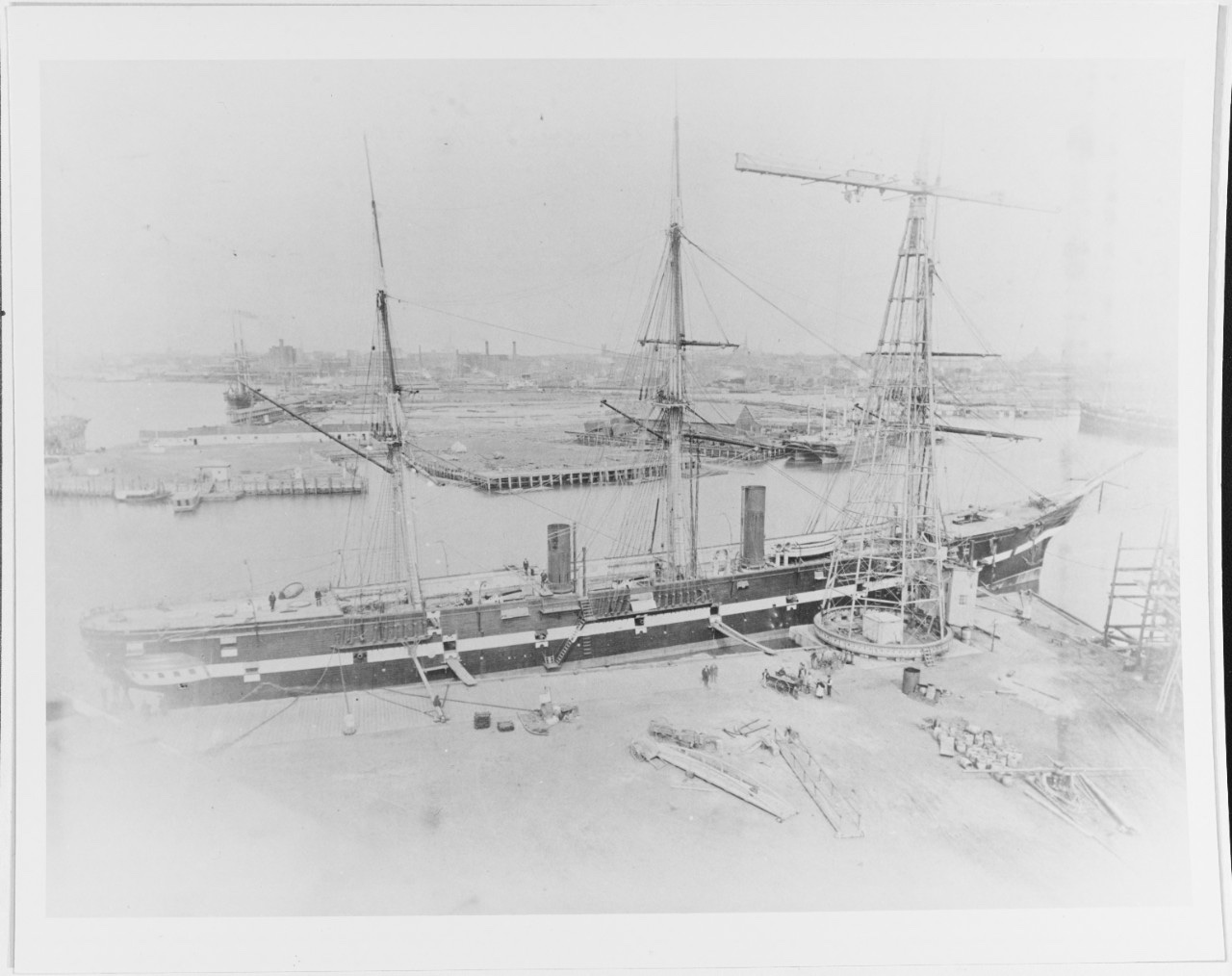
Tony Hunt
-
Posts
535 -
Joined
-
Last visited
Content Type
Profiles
Forums
Gallery
Events
Posts posted by Tony Hunt
-
-
A very cool prototype for a model. I'm watching with interest!
- popeye the sailor, mtaylor, CDW and 3 others
-
 6
6
-
That looks pretty close, doesn't it? Good sleuthing!
- Keith Black, Louie da fly, BANYAN and 1 other
-
 4
4
-
He must spend several days a week sharpening!
-
-
-
-
-
It's also quite endangered as a species!
- mtaylor and thibaultron
-
 2
2
-
-
They look really good. The CNC cutting for the pulleys is wonderfully crisp, perfect at that scale.
- mtaylor, BANYAN and Keith Black
-
 3
3
-
You're a harsh judge Rob. I think that looks extraordinarily good!
-
-
My fingers are crossed, David!
- mtaylor, druxey, thibaultron and 2 others
-
 5
5
-
-
I love the riveting on the funnels. It really lifts their appearance to a new level.
- mtaylor, popeye the sailor, Canute and 1 other
-
 4
4
-
-
-
Me too. I'm just trying to teach myself ship drafting in TurboCAD 20 so, I'm watching with real interest.
-
It's looking fabulous Bitao. Keep it coming!
- Keith Black and mtaylor
-
 2
2
-
17 hours ago, Bob Cleek said:
As I recall, the famed miniature ship modeler Lloyd McCaffery, uses wire on all of his amazing miniature models. As I recall, he discusses his techniques for that in his book, Ships in Miniature. https://www.amazon.com/SHIPS-MINIATURE-Classic-Manual-Modelmakers/dp/0851774857
Indeed, the synthetic thread, particularly the earlier stuff, isn't anywhere as long-lasting as the linen thread that used to be available is. Fear not, though. There may be a solution at hand. While the linen thread manufacturers have left the field, there's a growing market for and production of hemp thread happening right now. For all intents and purposes, linen and hemp are virtually identical, save that hemp tends to curl counterclockwise and linen clockwise (or is it the other way around?) Sourcing some and seeing how it lays up as rope is on my "to-do" list one of these days.
Yes, It was reading Lloyd McCaffery's book that first introduced me to the idea. I'll be very interested to hear how the hemp thread works out though. Add a bit of Stockholm tar and you'll have true authenticity!
- mtaylor and Keith Black
-
 2
2
-
I'm trying to only use wire for rigging these days, for exactly this reason. I have too many models 20-50 years old in my house that have brittle rigging, or the remnants of it. Admittedly they were rigged with cheap materials, mainly cotton, but even so. Making realistic "ropes" from wire is an interesting challenge, but I think it's doable. I'm having fun experimenting with it, anyway!
I'm also pretty wary of using plastic parts, for the same reason. I'm not sure how long they will last. I'm interested to hear views on how long cast resin parts might last.
- Keith Black, mtaylor, Canute and 1 other
-
 4
4
-
On 3/14/2021 at 10:00 AM, lmagna said:
IF it is done by people like you and Jeff! Someone like me................. not so much!

You're not alone, brother. 😀
- mtaylor, popeye the sailor, lmagna and 1 other
-
 4
4
-
-
Looking good. Worth the trouble!



YOUNG AMERICA 1853 by Bitao - FINISHED - 1:72
in - Build logs for subjects built 1851 - 1900
Posted
Those anchors look superb.